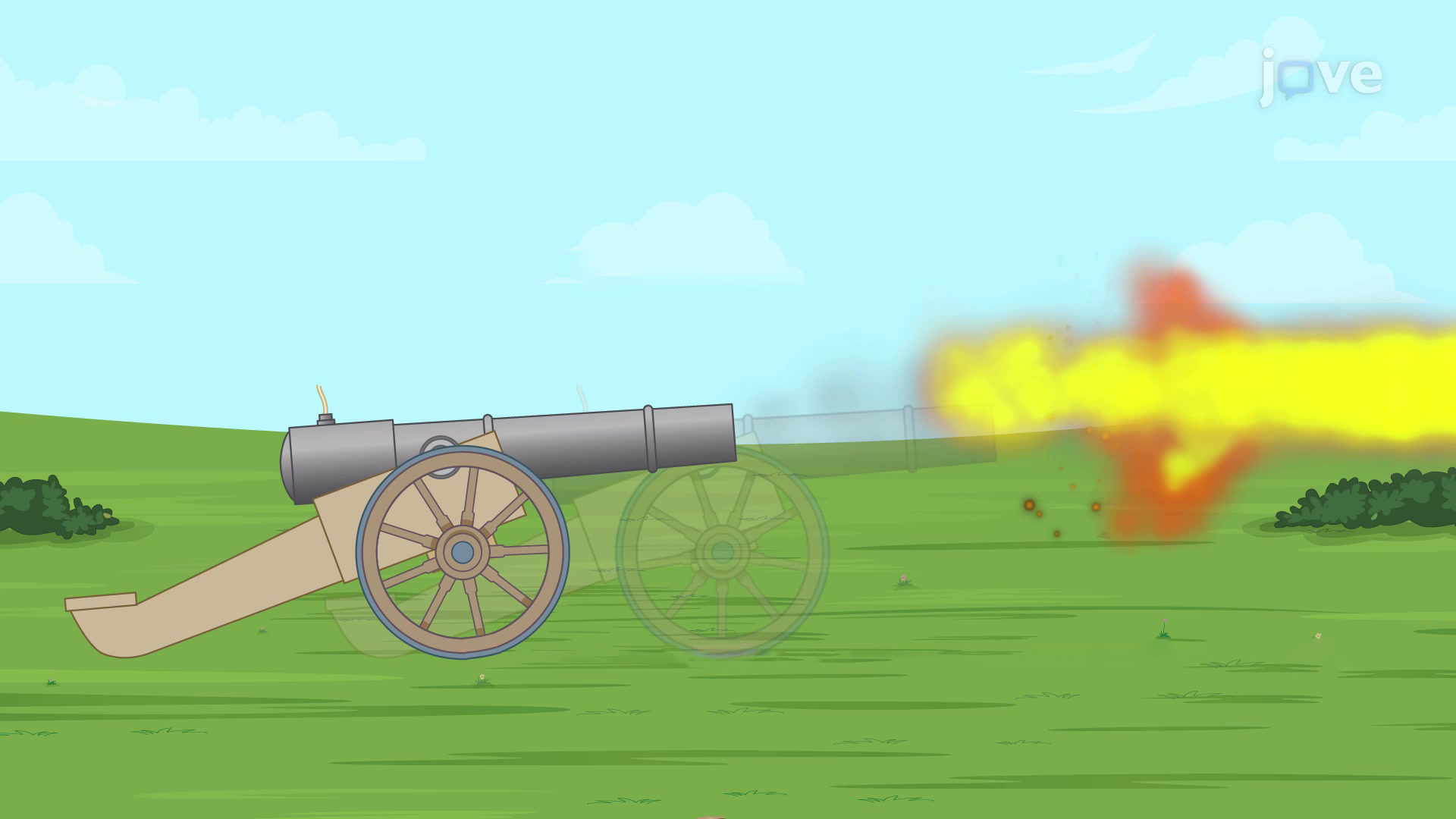Chapter 9
Linear Momentum, Impulse and Collisions

The term momentum is used in various ways in everyday language, most of which are consistent with the precise scientific definition. Generally,…

Force and momentum are intimately related. Force acting over time can change momentum, and Newton's second law of motion can be stated in its…

The total change in the motion of an object is proportional to the total force vector acting on it and the time over which it acts. This product is…

The total momentum of a system consisting of N interacting objects is constant in time or is conserved. A system must meet two requirements for its…

When two objects come in direct contact with each other, it is called a collision. During a collision, two or more objects exert forces on each other…

When two or more objects collide with each other, they can stick together to form one single composite object (after collision). The total mass of…

Elastic collision of a system demands conservation of both momentum and kinetic energy. To solve problems involving one-dimensional elastic…

It is far more common for collisions to occur in two dimensions; that is, the initial velocity vectors are neither parallel nor antiparallel to each…

Any object that obeys Newton's second law of motion is made up of a large number of infinitesimally small particles. Objects in motion can be as…

The center of mass of an object is defined as the mass-weighted average position of all the particles that comprise the object. The significance of…

The driving force for the motion of any vehicle is friction, but in the case of rocket propulsion in space, the friction force is not present. The…

The motion of a rocket is governed by the conservation of momentum principle. A rocket's momentum changes by the same amount (with the opposite…

Miniaturized spacecraft and satellites require smart, highly efficient and durable low-thrust thrusters, capable of extended, reliable operation…

Applied-field magnetoplasmadynamic thrusters (AF-MPD thrusters) are hybrid accelerators in which electromagnetic and gas dynamic processes accelerate…










